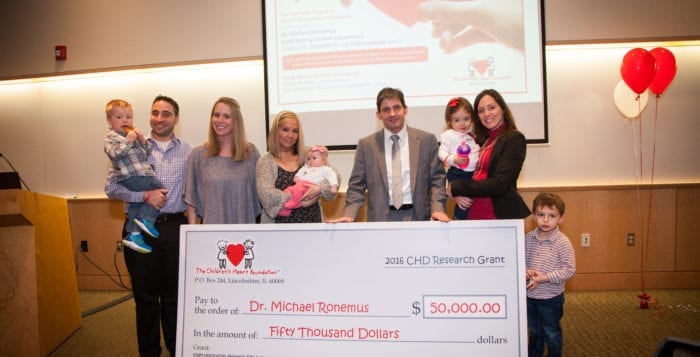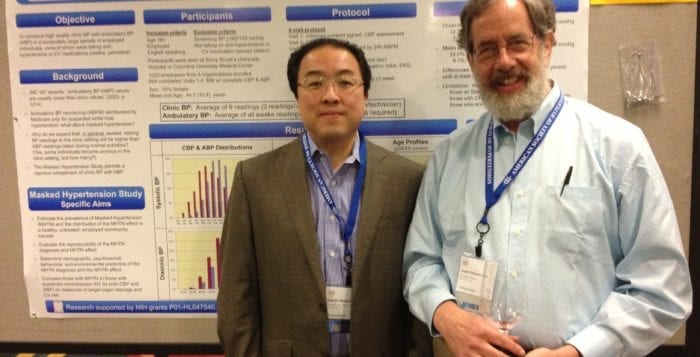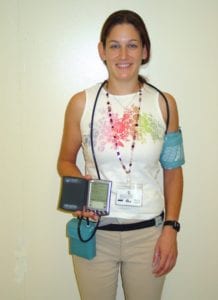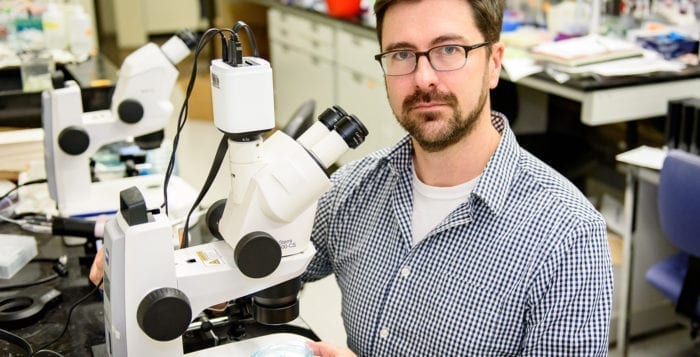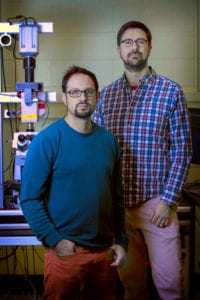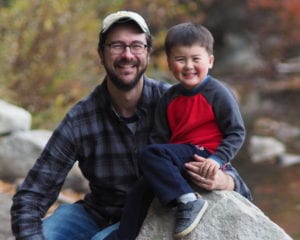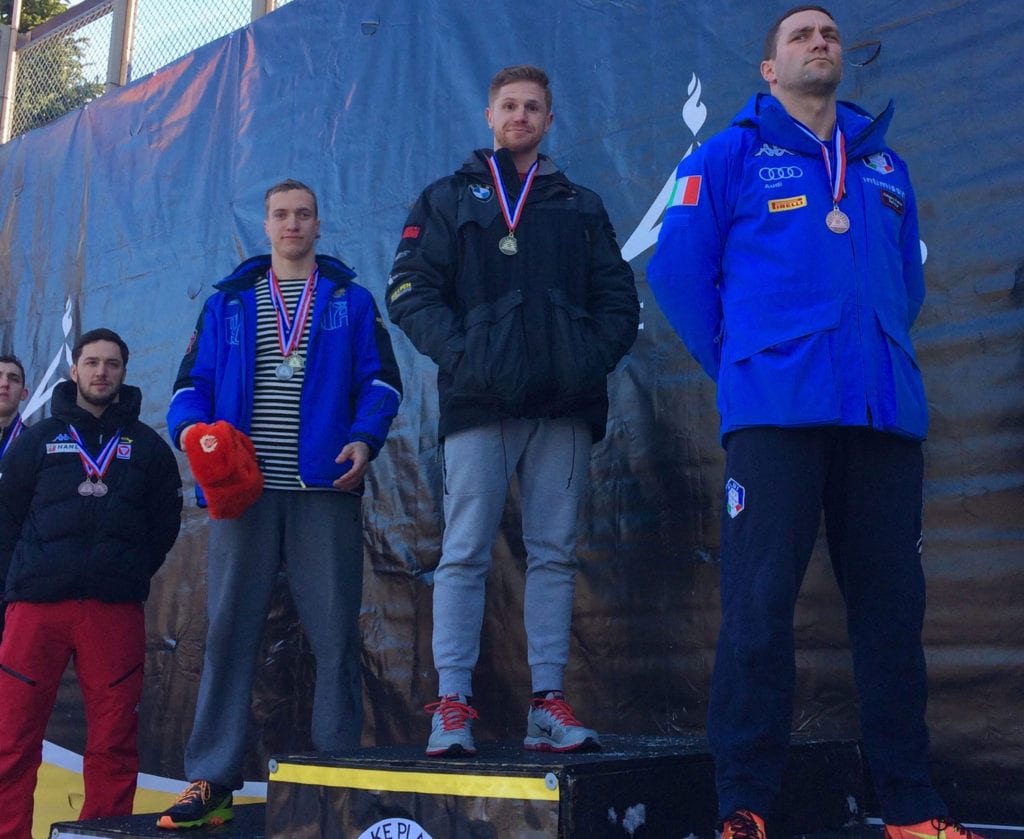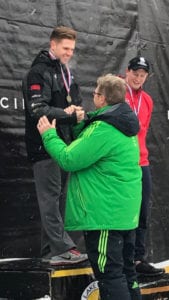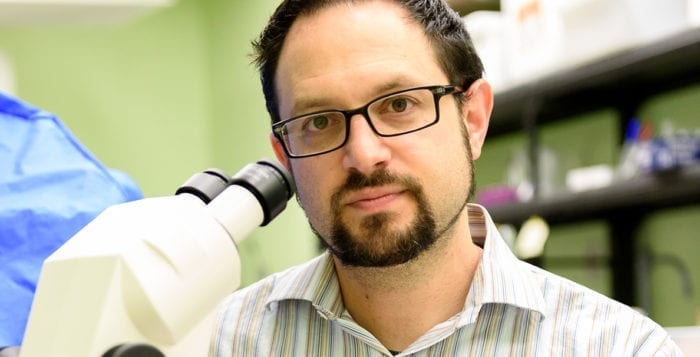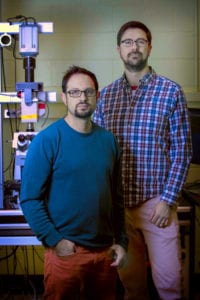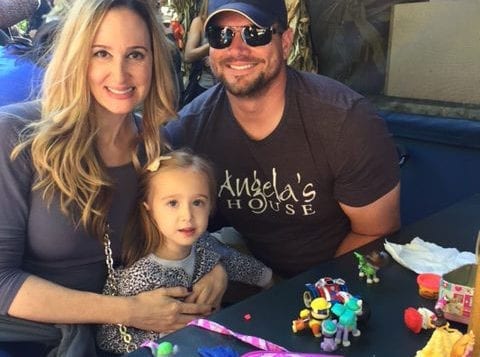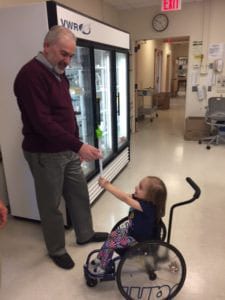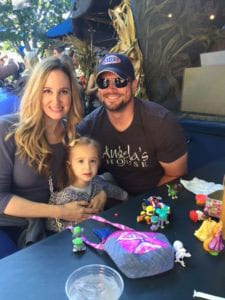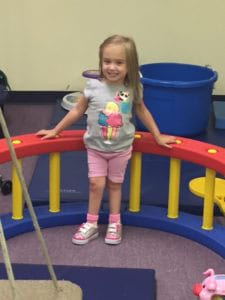By Daniel Dunaief
Just before he took a holiday break in December, Michael Ronemus received a welcome surprise. “In the last afternoon before the holidays, I got a call from William Foley. He said, ‘Congratulations,’” recalled Ronemus, a research assistant professor at Cold Spring Harbor Laboratory. “I submitted the application in May and I didn’t know what to expect.”
Foley, the executive director at the Children’s Heart Foundation, was reaching out to Ronemus to let him know he was one of seven researchers — six in North America and one in Europe — to receive funding for his research. Ronemus received a check for $50,000 at a presentation ceremony on Feb. 23.
Scientists are seeking out private foundations more as they search for sources of funding, said Ronemus. The funds will help Ronemus use next-generation sequencing to look closely at 120 families for evidence of copy number variation in their genes.
When a person has a different number of copies of a part of a specific gene, that can be a positive, neutral or negative event, depending on the consequence for the individual. Most copy number variations are neutral, which is why people have hundreds of them in their genes. Copy number variations can contribute, however, to de novo mutations, presenting changes in a genetic code that can make the genes of an offspring different from those of his or her parents. If these mutations damage a gene that’s essential for normal development of the heart, they can contribute to congenital heart defects.
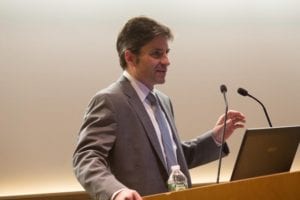
Indeed, the Children’s Heart Foundation has contributed $8.7 million to research, hoping to improve the ability to prevent, diagnose and treat the 40,000 people born each year in the United States with a heart defect. Of the children born with a heart defect, about one in four, has a form of critical congenital heart disease, said Jon Kaltman, the chief in the Heart Development and Structures Diseases Branch of the National Heart, Lung and Blood Institute. That means he or she will most likely require surgery within the first year of life, although most have it within the first month.
At this point, doctors and researchers understand the genetic cause of congenital heart disease for a small percent of people. The work of the Pediatric Cardiac Genomics Consortium hopes to make this true for a larger number of people with a congenital heart defect, Kaltman said.
Knowing the genetics of a patient and his or her family could be “helpful for that family to understand what might have caused the congenital heart disease” said Kaltman, who has been a pediatric cardiologist since 2005. “If that family were to have another child” the genetics could help assess the “risk that a second child will also have a congenital heart defect.”
A greater awareness of the genes involved in heart disease could also provide a guide for the way the defect might react to treatment. “We see patients with identical looking hearts [on an echocardiogram] from different families in which they undergo surgery” and have different reactions, Kaltman said. “One does well and has few complications and the other develops arrhythmias at 15 and heart failure at 25.”
The differences in respones to treatment for those patients may be genetic. “For the patient with the genetic signal for the complicated course, we can do more interventions early on,” Kaltman said, which could include earlier valve replacements or more aggressive arrhythmia surveillance.
Working with Bruce Gelb, a professor in pediatrics and cardiology at Mount Sinai Hospital, Ronemus is focusing on a group of patients with a condition called tetralogy of Fallot. Children with this defect develop a bluish color in their skin and can have trouble breathing when they exercise.
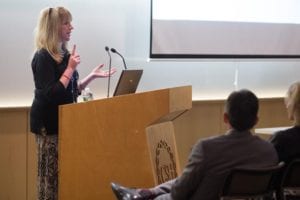
Doctors treat people with this condition with open heart surgery, which fixes a hole between the ventricles and opens up a narrowed right ventricular outflow tract. “Early diagnosis can lead to a straightforward procedure and good outcome,” Ronemus said. “If there is any reason to suspect [that a developing fetus has this condition], we’d like to know.”
By studying copy number variation, Gelb and Ronemus can search for signatures or markers in prenatal screening, which doctors can do through amniocentesis or cell-free fetal DNA analysis, which is a noninvasive form of prenatal testing. A definitive diagnosis even before birth could help doctors prepare for quick intervention that could be more effective, Ronemus said. If not diagnosed, a third of the children with the condition die within the first year and 50 percent in the first three years, Ronemus explained. If doctors know a child has the condition, they can take precautions, like have supplementary oxygen or drugs nearby.
Ronemus, who started his career in plant genetics and then became involved in the study of autism, is applying a genetic technique he co-developed at CSHL for copy number variation detection called SMASH. He applied for the Children’s Heart Foundation grant because of a meeting at CSHL with Jackie Pecora, a resident of East Northport, who is New York Chapter president of the Children’s Heart Foundation. The foundation has 11 chapters throughout the country and raises funds through events like the Long Island Congenital Heart Walk, which will take place on May 21 in Sunken Meadow State Park. Ronemus will be an honorary co-chair for the walk.
Foley said Ronemus’ approach is a “unique way” of looking at congenital heart defects. During the medical advisory board’s discussion of which projects to fund “there was a lot of enthusiasm” for this project. Ronemus is the first New York researcher to receive CHF funds since 2009.
A resident of East Meadow, Ronemus lives with his wife Ana Rodriguez-Fernandez, who is an associate professor of microbiology at the NYU School of Medicine. The couple has three children, Martin, 14, Silvia, 12, and Daniel, 11.
Pecora has family experience with congenital heart disease. After she gave birth to twins 18 years ago, doctors discovered that her daughter Chloe had a heart defect that required surgery. Nine days after she was born, Chloe died from an infection. Pecora got involved because of a bumper sticker for another grassroots fundraiser for a baby with the same heart condition as Chloe. That led her to the Children’s Heart Foundation. While the awareness among the public is improving, there’s still a way to go to combat a prevalent condition, Pecora said. “Look at the clock: Every 15 minutes a baby is born with congenital heart disease. People don’t realize the magnitude.”

